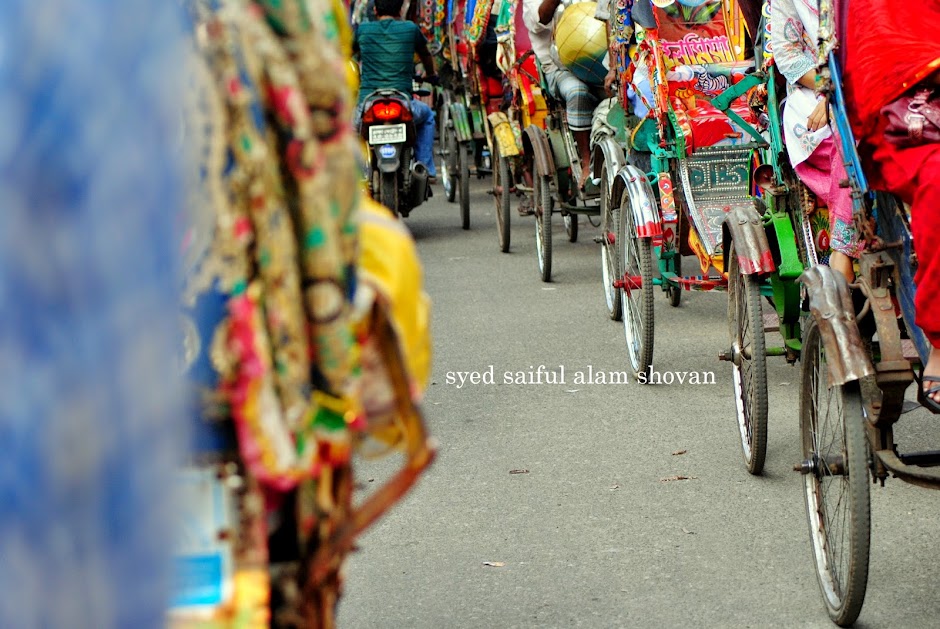The
World Bank, under its Clean Air Project, is building many footover
(pedestrian) bridges in Dhaka. This is wrong on at least two counts. The
point of footover bridges is to facilitate the movement of cars, which
pollute. Meanwhile, they hinder the movement of pedestrians, who do not.
Efforts to improve air quality should focus on improving the situation
of non-motorized transport, including walking. It does not make sense to
penalize pedestrians in the name of clean air. In fact, street-level
crossings (zebra crossings or crosswalks) would help to smooth ear
traffic; as it is, cars rush to the next stoplight, only to sit and
wait. Most cities around the world have stopped building footover
bridges and torn down existing ones, as they are extremely unpopular
with pedestrians, do not reduce accidents, and do nothing to smooth
traffic flow.
Second,
it is the World Bank's policy that all new transport projects must
incorporate Universally Accessible Design. There is no way that a person
in a wheelchair, or most people with a disability, or even someone with
a fairly minor problem walking, can use a footover bridge. A bridge
equipped with an escalator is still unusable by a person in a
wheelchair. It is obviously completely impractical to create bridges
with lifts (elevators) throughout the city. Nor is there any reason to
do something so wasteful and likely to land up broken and thus useless
within a short period. Zebra crossings make street crossings easier for
all users, and thus contribute to independent movement by all, as well
as contributing to clean air.





